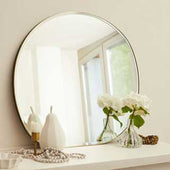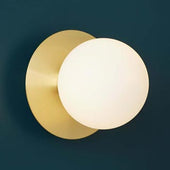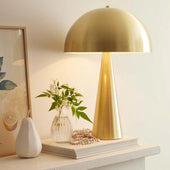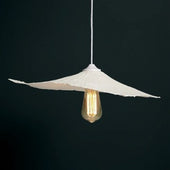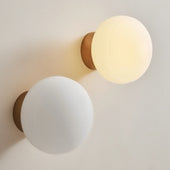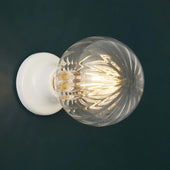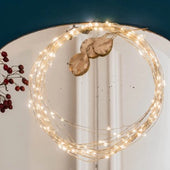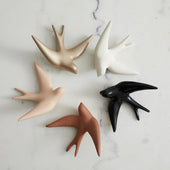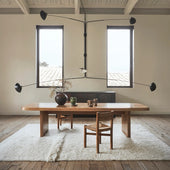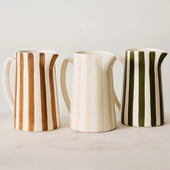With the advancement of technology, LED bulbs have become the preferred choice for home lighting thanks to their energy efficiency and long lifespan. However, choosing the right LED bulb can be challenging, especially when it comes to understanding the equivalents to older incandescent bulbs. Here's a guide to help you make the best choice.
Equivalences between Incandescent and LED Bulbs
Light Output (Lumens vs Watts)
Unlike incandescent light bulbs, where wattage (W) was an indicator of brightness, LEDs are measured in lumens (lm), which indicate the amount of light emitted.
- 40W Incandescence ≈ 450 lm (4-6W LED)
- 60W Incandescence ≈ 800 lm (8-12W LED)
- 75W Incandescent ≈ 1100 lm (13-15W LED)
- 100W Incandescence ≈ 1600 lm (16-20W LED)
Color Temperature
Color temperature is measured in Kelvin (K) and determines the light atmosphere:
- 2700K-3000K: Warm light, similar to incandescent bulbs, ideal for relaxation areas.
- 3500K-4100K: Neutral light, suitable for kitchens and bathrooms.
- 5000K-6500K: Cool light, often used for work spaces.
For more details, check out our Color Temperature Guide to find the best bulb for your space.

LED Lifespan
LED bulbs have a claimed lifespan of up to 20,000 to 50,000 hours. However, this lifespan is measured in a laboratory and can vary depending on several factors:
- Quality of the electrical installation: An outdated installation can cause malfunctions or voltage spikes, reducing the lifespan of the LEDs.
- Socket Overheating: If the bulb is installed in a closed globe not intended for LEDs, this can cause overheating and reduce its lifespan.
Recycling LED Bulbs
LED bulbs must be recycled. When they are no longer usable, they should be taken to your local recycling center or to a store that offers recycling bins for this purpose. They contain electronic components that must be treated properly to avoid pollution.
Energy Consumption Scales

Energy labels have recently changed. The old A++, A+, and A classifications have now been replaced by a scale from A to G. Here's what this means:
- A: Very high energy efficiency
- B to E: Medium to low energy efficiency
- F and G: Low energy efficiency
Although an F or E rated bulb may seem less efficient, it still uses much less energy than a conventional incandescent bulb.
Conclusion
Choosing the right LED bulb requires understanding the equivalences in terms of brightness, color temperature, and energy consumption. By considering these factors, you can optimize your home's lighting while saving energy.
Feel free to browse our selection to find the perfect LED bulb for your needs!


